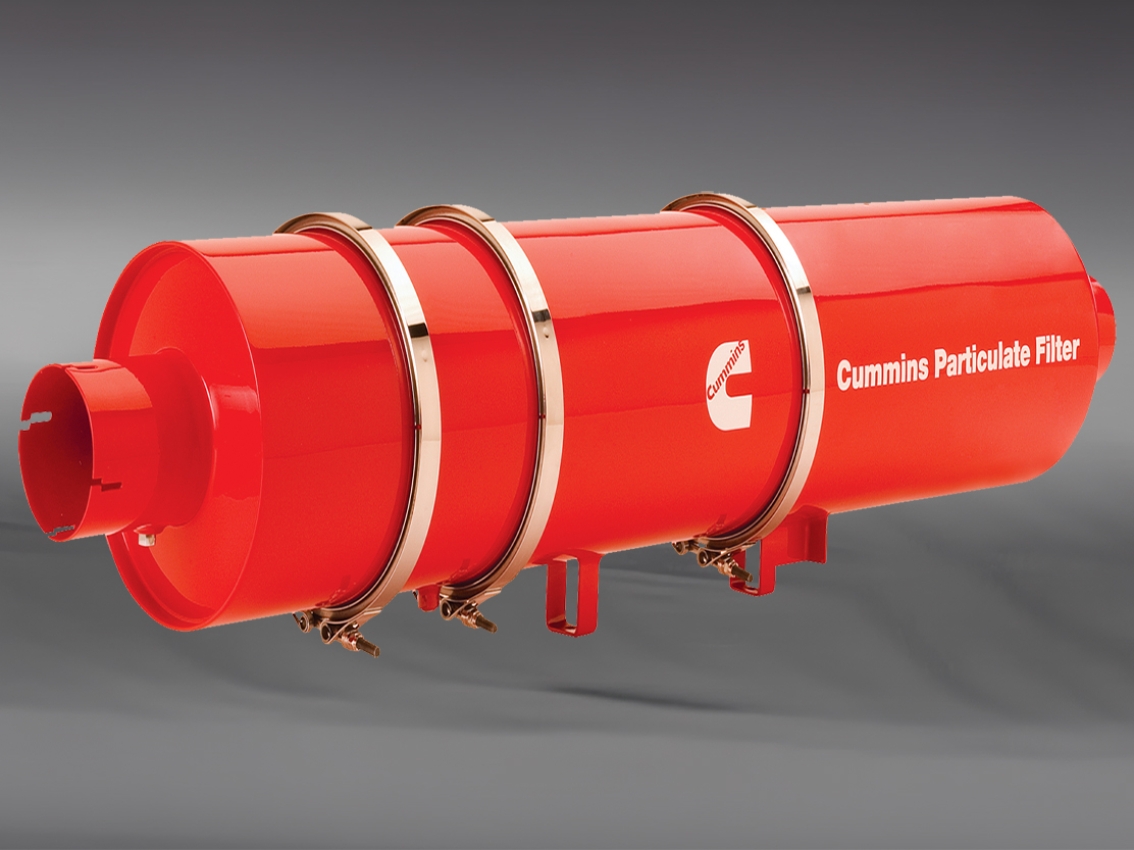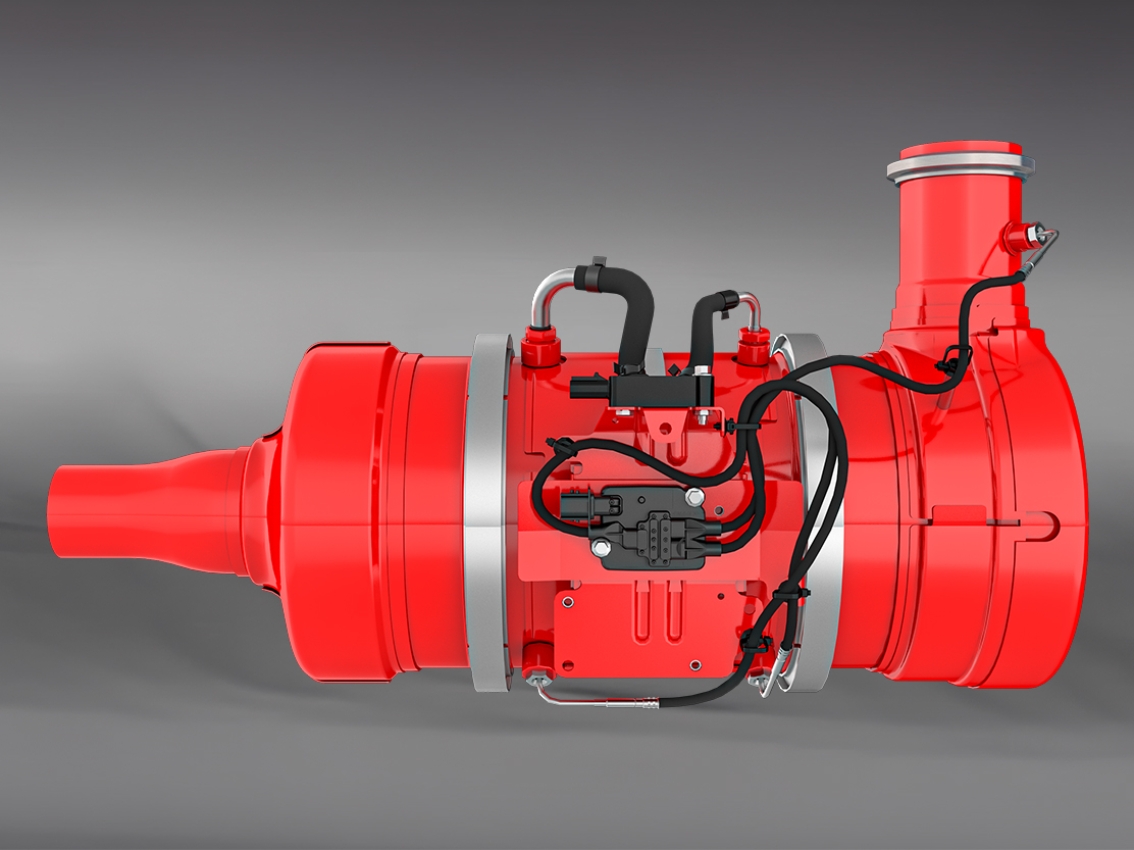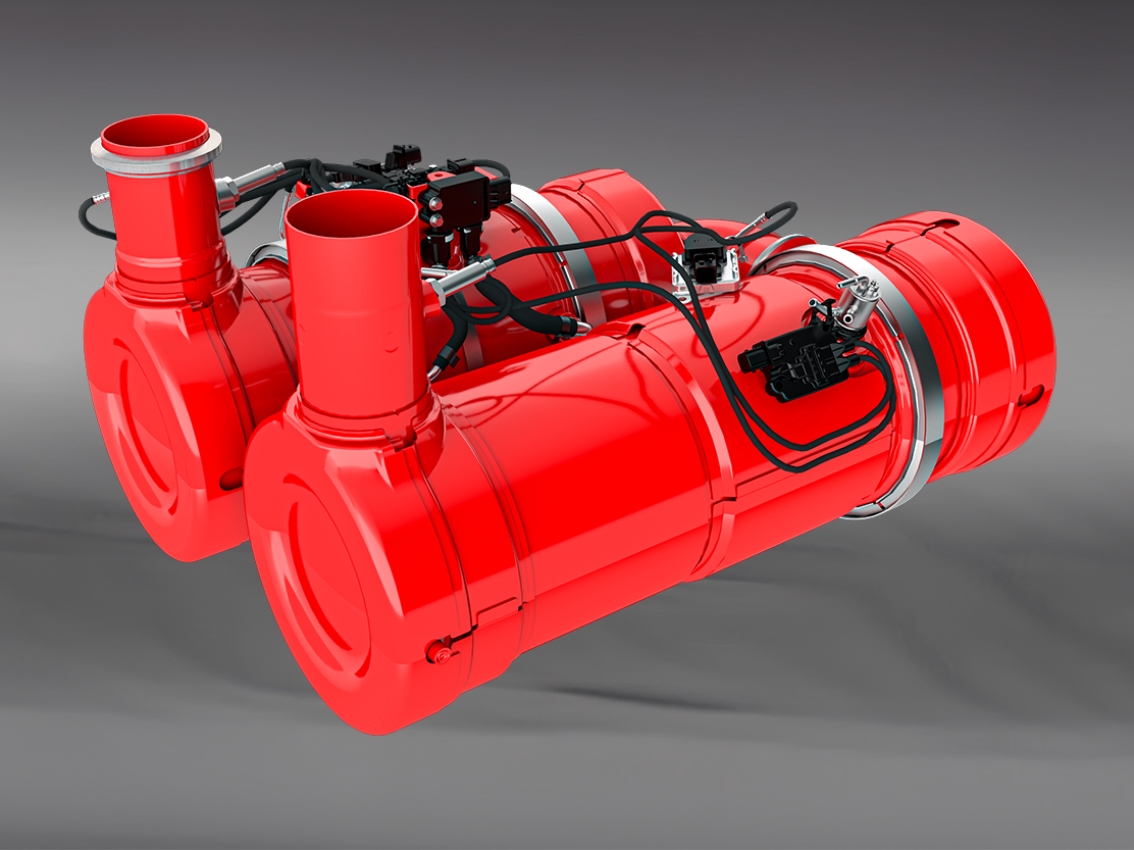
Cummins develops industry-leading aftertreatment technology designed to meet our customers’ needs for performance and reliability while optimizing fuel efficiency and cost savings. Cummings Emissions Solutions (CES) helps customers worldwide to meet the emission standards for today, tomorrow, and beyond with innovative, flexible, and integrated technology for light, medium, heavy-duty, and high-horsepower commercial off-highway markets.
Our off-highway aftertreatment technologies and components are designed to treat exhaust gases from off-highway, non-road diesel engines and power generator units. These systems are implemented to comply with stringent emission standards by reducing the levels of harmful pollutants released into the atmosphere. Off-highway equipment, including construction equipment, agricultural machinery, industrial machines, and light-duty applications with displacement ranges from Cummins 2.8L to 95L engines, are subject to emissions regulations aimed at mitigating the environmental impact of their operations.
Key components of off-highway aftertreatment systems

DPFs are designed to capture and remove particulate matter (PM) or soot from the exhaust gases. As exhaust flows through the filter, particulates are trapped, and periodic regeneration processes are often employed to burn off the collected soot.

SCR technology is used in diesel, natural gas and dual-fuel engines. It uses a catalyst to convert nitrogen oxides (NOx) in the exhaust gas into nitrogen and water. This process involves injecting a urea-based solution (commonly known as diesel exhaust fluid or DEF) into the exhaust stream.

DOC is a catalytic converter that promotes the oxidation of carbon monoxide (CO) and hydrocarbons (HC) in the exhaust gas, converting them into carbon dioxide (CO2) and water.

CDPFs combine the functions of DPF and SCR in a single unit, offering a compact solution for emissions control.
Off-highway emission regulations supported
The emissions regulations for off-highway, non-road vehicles, power generator units and other equipment in the United States, Europe, China and India are designed to limit the emissions of pollutants from these types of equipment to reduce their impact on air quality and the environment. These regulations typically focus on reducing emissions of pollutants such as particulate matter (PM), nitrogen oxides (NOx), and other harmful substances. Compliance with these regulations often involves the use of advanced technologies, such as exhaust after-treatment systems and cleaner fuel options, to meet the specified emission limits.
In the US, the Environmental Protection Agency (EPA) establishes emission standards for off-highway diesel engines.
- Tier 4i: The Tier 4i standards were part of a phased approach to progressively tighten emission limits for these engines. The main focus of Tier 4i was to significantly reduce levels of PM and NOx compared to previous emission standards.
To comply with Tier 4i standards, manufacturers of off-highway diesel engines had to incorporate advanced emission control technologies into their engines. Common technologies used for compliance include diesel particulate filters (DPF) and selective catalytic reduction (SCR) systems. These technologies help to trap and reduce harmful pollutants before they are released into the atmosphere.
- Tier 4F: Tier 4F, also known as Final Tier 4, builds upon the earlier Tier 4i standards. The main goals of Tier 4F include significant reductions in harmful emissions and improvements in air quality.
To comply with Tier 4F standards, manufacturers of off-highway diesel engines employ advanced emission control technologies similar to those used in Tier 4i.
In Europe, the European Union (EU) sets emission standards for non-road mobile machinery (NRMM).
- Stage V: Stage V is the EU’s corresponding set of emission standards to. Tier 4F. Both standards aim to regulate and reduce emissions from off-highway diesel engines used in various applications, such as construction equipment, agricultural machinery, and industrial equipment.
In China, the Ministry of Environmental Protection (MEP) sets emission standards for non-road mobile machinery (NRMM).
- China IV: China CSIV is the country’s corresponding set of emission standards to Tier 4F. Both standards aim to regulate and reduce emissions from off-highway diesel engines used in various applications, such as construction equipment, agricultural machinery, and industrial equipment.
In India, the Ministry of Environment, Forest, and Climate Change (MoEFCC) sets emission standards for non-road mobile machinery (NRMM).
- Bharat Stage (BS) IV: BS IV is India’s corresponding set of emission standards to Tier 4F. Both standards aim to regulate and reduce emissions from off-highway diesel engines used in various applications, such as construction equipment, agricultural machinery, and industrial equipment.